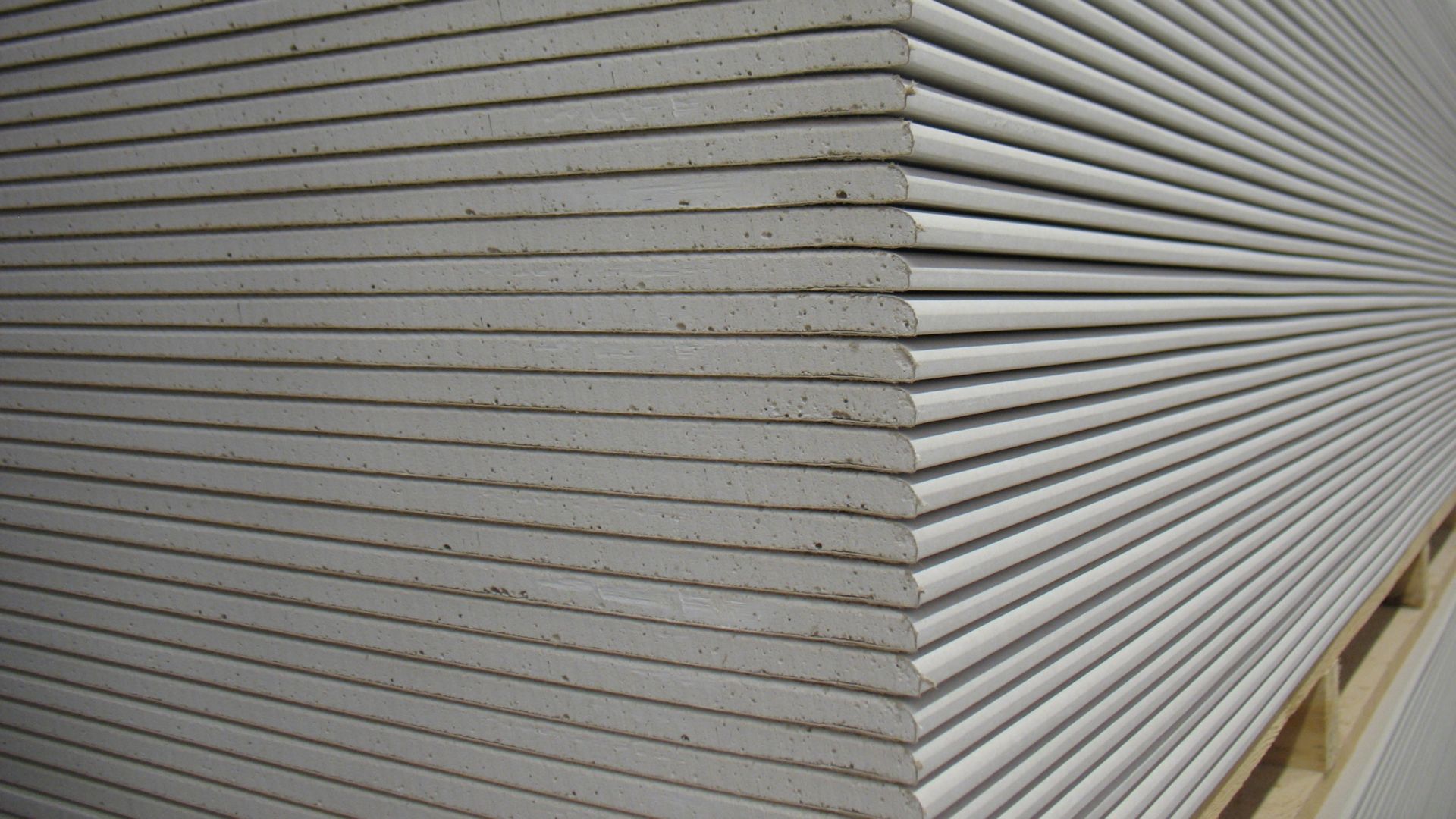Gypsum
Gypsum, chemically known as calcium sulphate dihydrate, is one of the most important minerals used in the production of construction materials. Today, the majority of gypsum binder, so-called calcined gypsum, is used for the manufacture of gypsum boards. Also known as plasterboards or drywall, they are lightweight building elements primarily used as an interior surfacing for building walls and ceilings. Gypsum board walls and ceilings have a number of outstanding advantages: they are fire-resistant, sound-attenuating, durable, economical and versatile.
Dry Mortar
Dry mix mortars are factory pre-batched multi-component systems. They are used for many different applications in both new construction and renovation projects. Typical uses include screeds, plasters and masonry mortars, floor levelling compounds, tile adhesives and grouts. Many other specialist products such as repair mortars, waterproofing and sealing slurries and injection mortars are also based on dry mortar technology.
Gypsum Wallboards
Case Study
To evaluate the benefits of using Sika® Viscocrete® in the production of gypsum wallboards, such two scenarios were analysed using a Life Cycle Assessment (LCA). The LCA is from cradle to gate, which means the potential environmental impacts from raw material acquisition to production are investigated.
The Cumulative Energy Demand (CED) and the Global Warming Potential (GWP) were calculated. CED accounts for the consumption of energy resources, namely the primary energy from renewable and non-renewable resources. GWP measures the potential contribution to climate change, focusing on emissions of greenhouse gases, such as carbon dioxide (CO2).The overall environmental and economic performance of gypsum wallboards produced with Sika® ViscoCrete® vs. a reference with a conventional water reducer are compared. A relative comparison was carried out for the main sustainability drivers in gypsum wallboard production: material and energy costs, GWP, CED and formaldehyde release (which may be present during application of conventional plasticizers).

